Celebrate the Caribbean Endemic Bird Festival (CEBF) with us in our virtual “From the Nest” edition! Have fun learning about a new endemic bird every day. We have colouring pages, puzzles, activities, and more. Download for free and enjoy nature with your family at home.
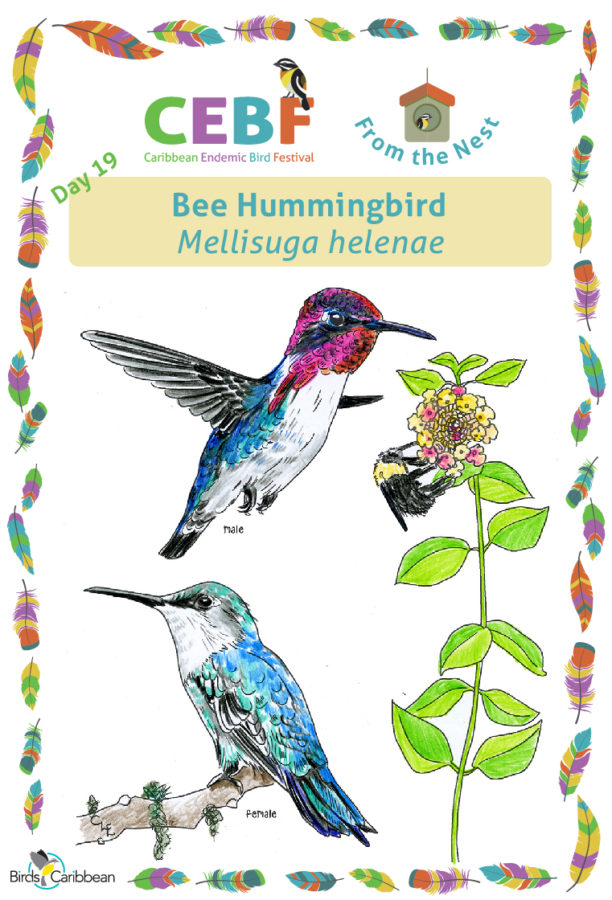
Endemic Bird of the Day: Bee Hummingbird
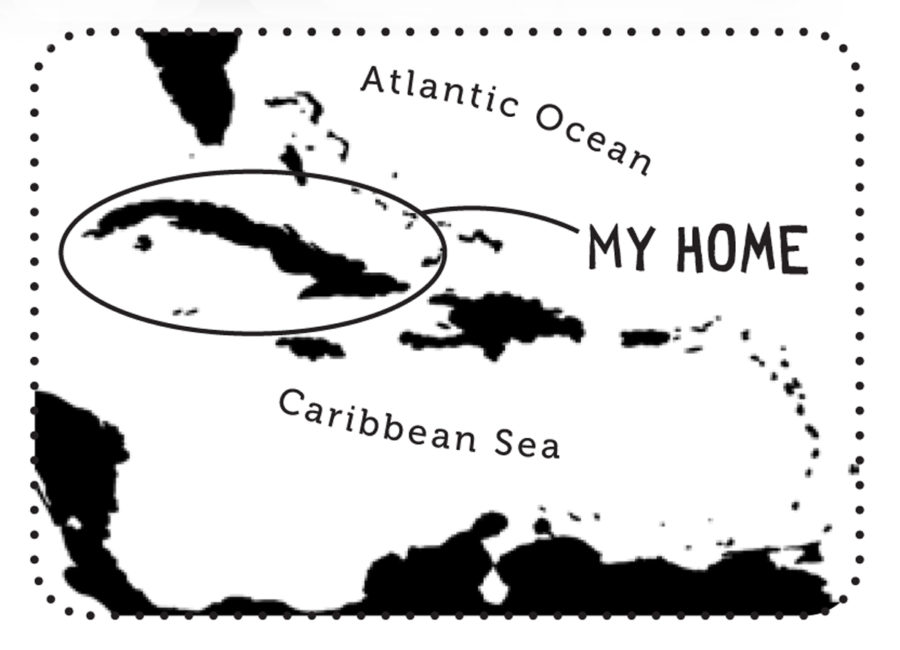 The Bee Hummingbird, endemic to Cuba, is the smallest bird in the world! In Cuba they are called Zunzuncito. They measure between 5 cm and 6 cm and weigh 1.6 to 1.9 g, less than the weight of a dime! The male has deep blue to metallic turqouise upperparts and a grayish belly with flecks of blue on the sides. The head and throat are iridescent ruby-red, with feathers changing to a dark metallic sheen color, depending on the viewing angle. During the breeding season these iridescent feathers extend down the sides of the neck, increasing the birds’ attractiveness. When males sing, the elongated feathers of the cheeks vibrate and shimmer with color. The tail is short and rounded, with a slight fork. The female is a little larger than the male and more plain. Her upperparts are turqouise blue combined with green tones and her underparts are more pale. In the non-breeding season, males are similar to females but with a more intense blue color.
The Bee Hummingbird, endemic to Cuba, is the smallest bird in the world! In Cuba they are called Zunzuncito. They measure between 5 cm and 6 cm and weigh 1.6 to 1.9 g, less than the weight of a dime! The male has deep blue to metallic turqouise upperparts and a grayish belly with flecks of blue on the sides. The head and throat are iridescent ruby-red, with feathers changing to a dark metallic sheen color, depending on the viewing angle. During the breeding season these iridescent feathers extend down the sides of the neck, increasing the birds’ attractiveness. When males sing, the elongated feathers of the cheeks vibrate and shimmer with color. The tail is short and rounded, with a slight fork. The female is a little larger than the male and more plain. Her upperparts are turqouise blue combined with green tones and her underparts are more pale. In the non-breeding season, males are similar to females but with a more intense blue color.
The Bee Hummingbird’s distribution in Cuba is in patches, with very small populations. It has been reported in wooded areas in the west, central and eastern parts of the country. Bee Hummingbirds nest between March and June. The tiny nest is constructed with cotton, grass, hair, and other soft materials, held together with lichens and spider webs. Females lay two tiny white eggs, the size of coffee bean. Bee Humingbirds feed mainly on nectar but they also eat spiders and insects that they catch in the air. In flight their wings making a buzzing sound similar to bumblebees.
Bee Hummingbirds are shy and solitary. Males spend a lot of time perched on high branches, devoid of leaves, and may use the same perch for years. During the breeding season, males court females with an elaborate U-shaped aerial display—flying vertically straight up in the air and then descending abruptly. They are aggressive and territorial during the breeding season. Seeing this tiny gem, not much bigger than a large bee, is the thrill of a lifetime! Learn more about this species, including its range, photos, and calls here.
Colour in the Bee Hummingbird!
Download the page from Endemic Birds of the West Indies Colouring Book. Use the drawing above or photo below as your guide, or you can look up pictures of the bird online or in a bird field guide if you have one. Share your coloured-in page with us by posting it online and tagging us @BirdsCaribbean #CEBFfromthenest
Listen to the call of the Bee Hummingbird
The Bee Hummingbird’s song is mixture of high-pitched warbling phrases and a high-pitched long and noisy sizzling buzzy note, very strong for such a tiny bird.
Puzzle of the Day
Click on the image below to do the puzzle. You can make the puzzle as easy or as hard as you like – for example, 6, 8, or 12 pieces for young children, all the way up to 1,024 pieces for those that are up for a challenge!
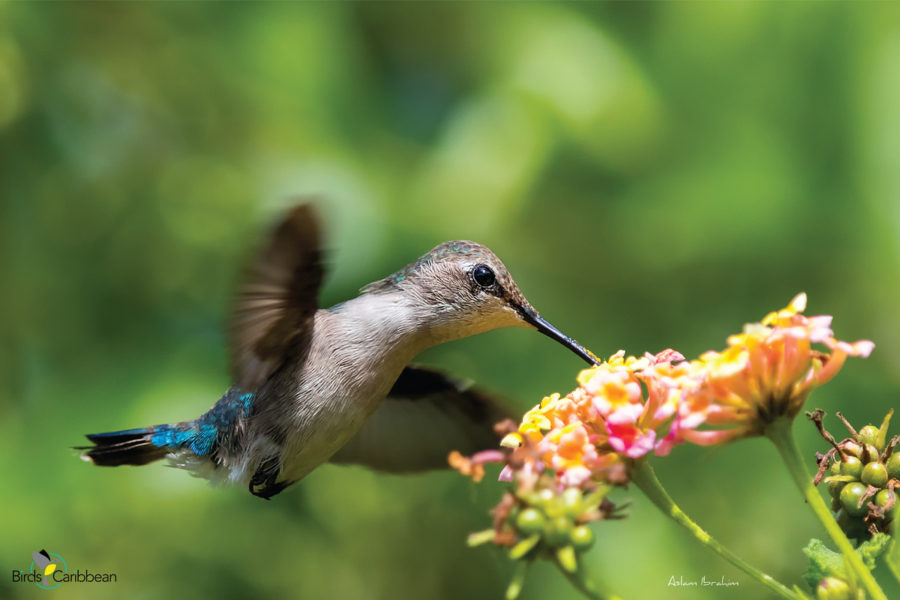
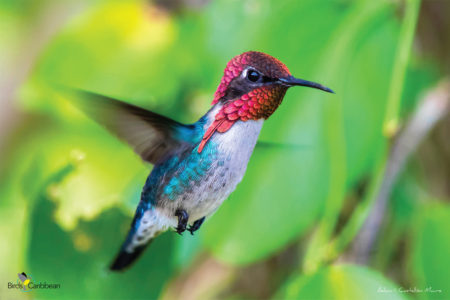
Activity of the Day
FOR KIDS & ADULTS:
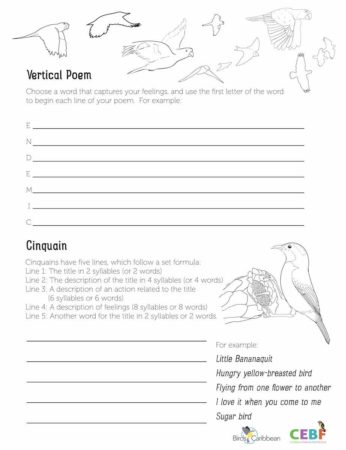 Let your creativity flow with bird-themed poetry! Try out these two different poetry styles: a vertical poem using a focus word that guides the first letter of each line, or a cinquain, a five-lined poem with a set structure. Choose your favorite endemic bird, create a vertical poem or cinquain, and then post it to us on social media (Facebook or twitter) by tagging us @BirdsCaribbean and/or use hashtag #CEBFFromtheNest. Or, send your poem to us via email (info@BirdsCaribbean.org). We’d love to see what everyone comes up with!
Let your creativity flow with bird-themed poetry! Try out these two different poetry styles: a vertical poem using a focus word that guides the first letter of each line, or a cinquain, a five-lined poem with a set structure. Choose your favorite endemic bird, create a vertical poem or cinquain, and then post it to us on social media (Facebook or twitter) by tagging us @BirdsCaribbean and/or use hashtag #CEBFFromtheNest. Or, send your poem to us via email (info@BirdsCaribbean.org). We’d love to see what everyone comes up with!
